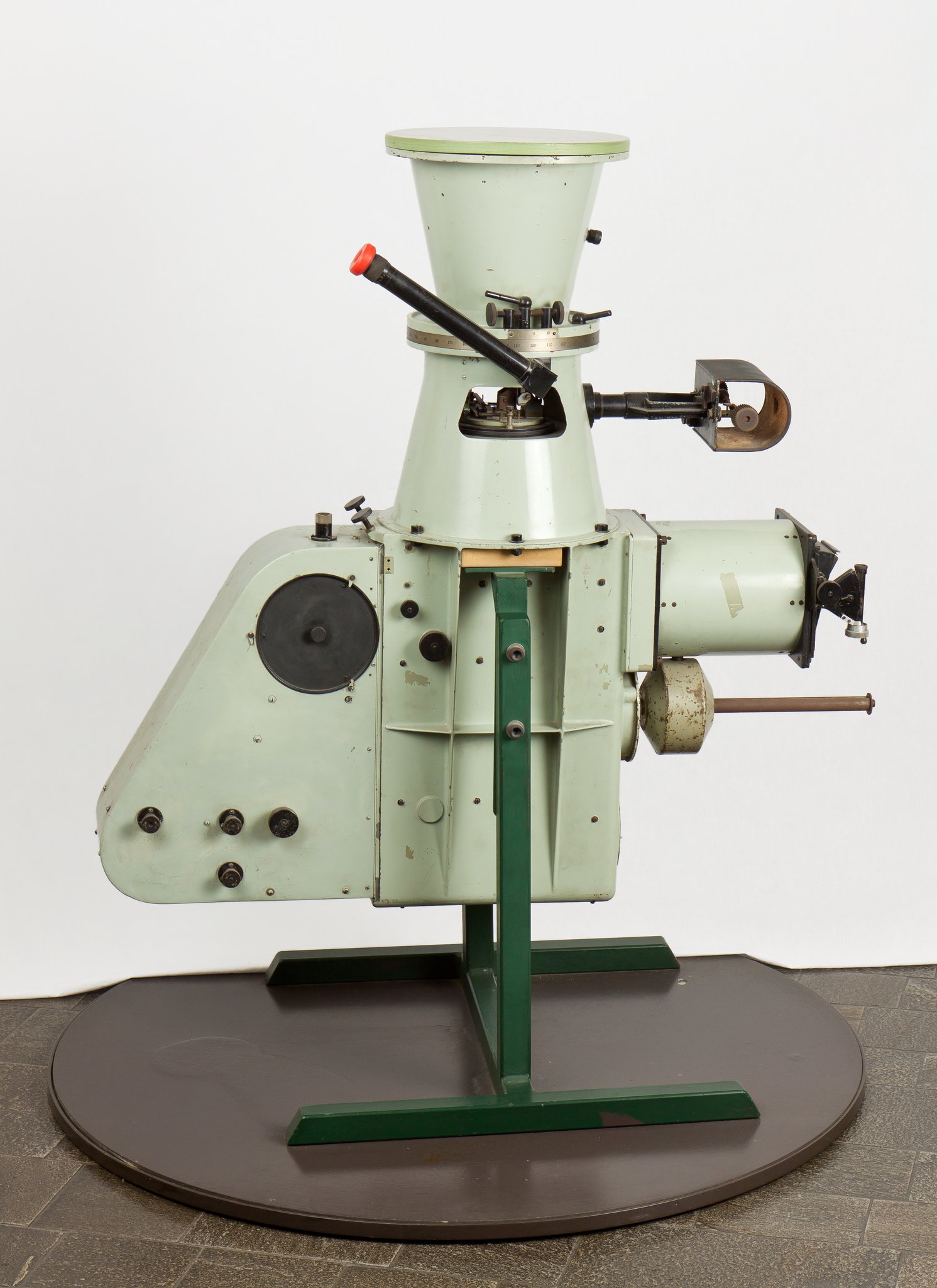
When light passes through a dispersive material, like a prism, a multicolored band appears; this “spectrum” forms because light is split up into its colors, each with its own wavelength. This is what causes the beautiful rainbows we see in the sky after the rain, the result of sunlight going through, technically being dispersed by the drops of water in the air.
Astronomical spectroscopy is the discipline that studies the spectra of the different sources of light in the universe, like stars and galaxies. The scientific instrument used to split the light in its components is called spectroscope.
Each element emits or absorbs electromagnetic radiation at specific frequencies, that characterize the element, and both phenomena cause the appearance of specific, identifiable lines in the spectrum. Comparing the wavelengths of lines obtained in labs and to those of a stellar spectrum, we can discover the chemical composition of stellar atmospheres.
The thermal motion of molecules also produces radiation, and therefore a spectrum, called Black Body spectrum: it doesn’t have any lines, but its colour is related to the temperature of the source. Measuring a Black Body spectrum of a source gives us a measure of the temperature of stellar atmospheres.
Spectra can also be useful in determining velocities and therefore detecting movements. Due to the motion of the object, the light emitted by the source is detected at a different wavelength, redder when to object moves away from us (redshift), bluer if the object is coming towards us (blueshift). This is known as Doppler effect.
Spectroscopy research came late at the Brera Astronomical Observatory. Schiaparelli was never involved with it, commissioned some instruments but apparently they were never used. It started instead with Emilio Bianchi, Director since 1922 : he succeeded in opening a new observing sight in Merate, away (at least at the time!) from the degraded air and light pollution in Brera, equipped with a Zeiss spectrograph, mounted at the 102 cm reflecting telescope, also a Zeiss. Inside the spectrograph, a prism split the light from the stars and the spectrum was captured on photographic plates (hence the name, “spectrograph”).
During the 1970s a new spectrograph was acquired, this time for the Ruths telescope installed in Merate in 1968. The instrument was then sent to Mexico, as part of an international project, where it could be used to its full potential in a better observing site.
Information based on La strumentazione nella storia dell’Osservatorio Astronomico di Brera, E. Miotto, G. Tagliaferri, P. Tucci and L’Osservatorio Astronomico di Brera nel XX secolo
